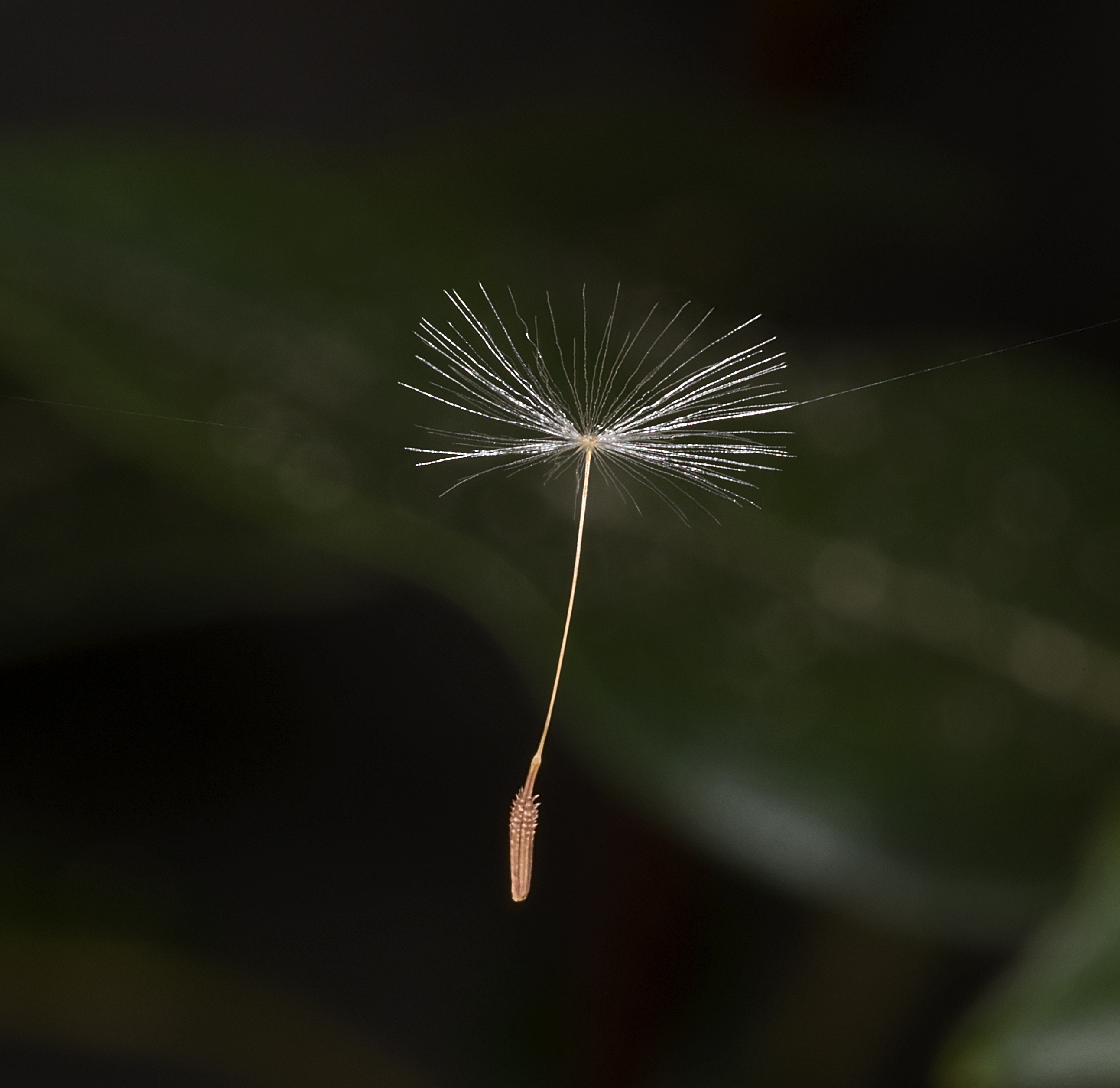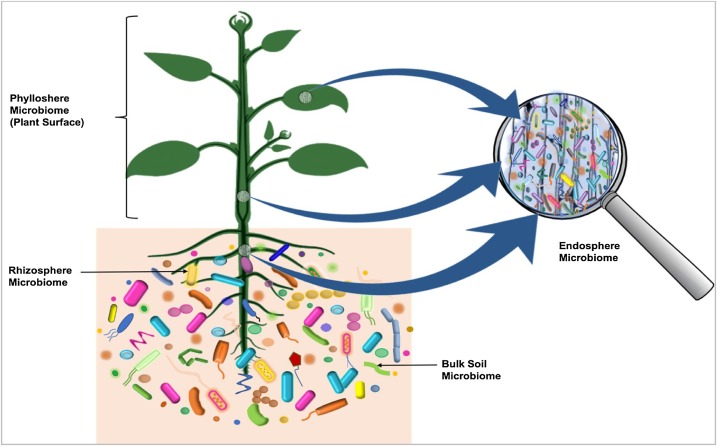|
Rhizophora Apiculata
The tall-stilt mangrove (''Rhizophora apiculata'') belongs to the Plantae kingdom under the Rhizophoraceae family. ''R. apiculata'' is distributed throughout Southeast Asia and the List of islands in the Pacific Ocean, western Pacific islands. It is located exclusively in the mangrove ecosystem due to an affinity to wet, muddy and silty sediments. Due to the high salt concentrations of the soils in these environments, it has mechanisms (ultrafiltration) in place to reduce the likely impacts associated with increased salt in plant physiology (drying plant material down causing increased evapotranspiration). ''Rhizophora apiculata'' and ''R. mucronata'' are used to make charcoal in the charcoal kilns of Kuala Sepetang in Perak, Malaysia. ''Rhizophora apiculata'' is used within mangrove plantation specifically for wood, and charcoal production in many parts of Thailand. There are alternative uses for ''R. apiculata'', such as to reinforce nets, ropes and fishing lines, transform i ... [...More Info...] [...Related Items...] OR: [Wikipedia] [Google] [Baidu] |
Carl Ludwig Blume
Charles Ludwig de Blume or Karl Ludwig von Blume (9 June 1796 – 3 February 1862) was a German-Dutch botanist and entomologist who spent most of his professional life in the Netherlands and the Dutch East Indies. As deputy director of agriculture at the Bogor Botanical Gardens in Java (1823–1826) and later director of the Rijksherbarium in Leiden, he conducted extensive studies of Southeast Asian flora, publishing numerous influential works including ''Bijdragen tot de flora van Nederlandsch Indië'' (1825–1827) and ''Rumphia'' (1835–1849). Together with Philipp Franz von Siebold, Blume co-founded the Royal Society for the Encouragement of Horticulture in the Netherlands in 1842, helping to revitalise the country's reputation as a centre for botanical study and exotic plant cultivation. His scientific contributions were recognised with his election as a foreign member of the Royal Swedish Academy of Sciences in 1855, and his legacy is commemorated in the botanical jou ... [...More Info...] [...Related Items...] OR: [Wikipedia] [Google] [Baidu] |
Hybrid (biology)
In biology, a hybrid is the offspring resulting from combining the qualities of two organisms of different varieties, subspecies, species or genera through sexual reproduction. Generally, it means that each cell has genetic material from two different organisms, whereas an individual where some cells are derived from a different organism is called a chimera. Hybrids are not always intermediates between their parents such as in blending inheritance (a now discredited theory in modern genetics by particulate inheritance), but can show hybrid vigor, sometimes growing larger or taller than either parent. The concept of a hybrid is interpreted differently in animal and plant breeding, where there is interest in the individual parentage. In genetics, attention is focused on the numbers of chromosomes. In taxonomy, a key question is how closely related the parent species are. Species are reproductively isolated by strong barriers to hybridization, which include genetic and morph ... [...More Info...] [...Related Items...] OR: [Wikipedia] [Google] [Baidu] |
Rhizophora
''Rhizophora'' is a genus of tropical mangrove trees, sometimes collectively called true mangroves. The most notable species is the red mangrove ('' Rhizophora mangle'') but some other species and a few natural hybrids are known. ''Rhizophora'' species generally live in intertidal zones which are inundated daily by the ocean. They exhibit a number of adaptations to this environment, including pneumatophores that elevate the plants above the water and allow them to respire oxygen even while their lower roots are submerged and a cytological molecular "pump" mechanism that allows them to remove excess salts from their cells. The generic name is derived from the Greek words ῥίζα (''rhiza''), meaning "root," and φορός (''phoros''), meaning "bearing," referring to the stilt-roots. The beetle '' Poecilips fallax'' is a common pest of these trees, especially ''Rhizophora mucronata'' and '' Rhizophora apiculata''. This beetle (related to carver beetles) lays its eggs in the ... [...More Info...] [...Related Items...] OR: [Wikipedia] [Google] [Baidu] |
Plantation
Plantations are farms specializing in cash crops, usually mainly planting a single crop, with perhaps ancillary areas for vegetables for eating and so on. Plantations, centered on a plantation house, grow crops including cotton, cannabis, tobacco, coffee, tea, cocoa, sugar cane, opium, sisal, oil seeds, oil palms, fruits, rubber trees and forest trees. Protectionist policies and natural comparative advantage have sometimes contributed to determining where plantations are located. In modern use, the term usually refers only to large-scale estates. Before about 1860, it was the usual term for a farm of any size in the southern parts of British North America, with, as Noah Webster noted, "farm" becoming the usual term from about Maryland northward. The enslavement of people was the norm in Maryland and states southward. The plantations there were forced-labor farms. The term "plantation" was used in most British colonies but very rarely in the United Kingdom itself i ... [...More Info...] [...Related Items...] OR: [Wikipedia] [Google] [Baidu] |
Wind-pollinated
Anemophily or wind pollination is a form of pollination whereby pollen is distributed by wind. Almost all gymnosperms are anemophilous, as are many plants in the order Poales, including Poaceae, grasses, Cyperaceae, sedges, and Juncaceae, rushes. Other common anemophilous plants are oaks, pecans, pistachios, sweet chestnuts, alders, hops, and members of the family Juglandaceae (hickory or walnut family). Approximately 12% of plants across the globe are pollinated by anemophily, including Cereal, cereal crops like rice and Maize, corn and other prominent crop plants like wheat, rye, barley, and oats. In addition, many pines, spruces, and firs are wind-pollinated. Syndrome Features of the wind-pollination syndrome include a lack of scent production, a lack of showy floral parts (resulting in small, inconspicuous flowers), reduced production of nectar, and the production of enormous numbers of pollen grains. This distinguishes them from entomophily, entomophilous and zoophily, zooph ... [...More Info...] [...Related Items...] OR: [Wikipedia] [Google] [Baidu] |
Wind Dispersal
Biological dispersal refers to both the movement of individuals (animals, plants, fungi, bacteria, etc.) from their birth site to their breeding site ('natal dispersal') and the movement from one breeding site to another ('breeding dispersal'). Dispersal is also used to describe the movement of propagules such as seeds and spores. Technically, dispersal is defined as any movement that has the potential to lead to gene flow. The act of dispersal involves three phases: departure, transfer, and settlement. There are different fitness costs and benefits associated with each of these phases. Through simply moving from one habitat patch to another, the dispersal of an individual has consequences not only for individual fitness, but also for population dynamics, population genetics, and species distribution. Understanding dispersal and the consequences, both for evolutionary strategies at a species level and for processes at an ecosystem level, requires understanding on the type of ... [...More Info...] [...Related Items...] OR: [Wikipedia] [Google] [Baidu] |
Viviparity
In animals, viviparity is development of the embryo inside the body of the mother, with the maternal circulation providing for the metabolic needs of the embryo's development, until the mother gives birth to a fully or partially developed juvenile that is at least metabolically independent. This is opposed to oviparity, where the embryos develop independently outside the mother in eggs until they are developed enough to break out as hatchlings; and ovoviviparity, where the embryos are developed in eggs that remain carried inside the mother's body until the hatchlings emerge from the mother as juveniles, similar to a live birth. Etymology The term "viviparity" and its adjective form "viviparous" both derive from the Latin ''vivus'', meaning "living"; and ''pario'', meaning "give birth to". Reproductive mode Five modes of reproduction have been differentiated in animals based on relations between zygote and parents. The five include two nonviviparous modes: ovulipari ... [...More Info...] [...Related Items...] OR: [Wikipedia] [Google] [Baidu] |
Reproduction
Reproduction (or procreation or breeding) is the biological process by which new individual organisms – "offspring" – are produced from their "parent" or parents. There are two forms of reproduction: Asexual reproduction, asexual and Sexual reproduction, sexual. In asexual reproduction, an organism can reproduce without the involvement of another organism. Asexual reproduction is not limited to unicellular organism, single-celled organisms. The cloning of an organism is a form of asexual reproduction. By asexual reproduction, an organism creates a genetically similar or identical copy of itself. The evolution of sexual reproduction is a major puzzle for biologists. The two-fold cost of sexual reproduction is that only 50% of organisms reproduce and organisms only pass on 50% of their genes.John Maynard Smith ''The Evolution of Sex'' 1978. Sexual reproduction typically requires the sexual interaction of two specialized reproductive cells, called gametes, which contain half t ... [...More Info...] [...Related Items...] OR: [Wikipedia] [Google] [Baidu] |
Mud Crab
Mud crab may refer to any crab that lives in or near mud, such as: *''Scylla serrata'' *'' Scylla tranquebarica'' *'' Scylla paramamosain'' *'' Scylla olivacea'' *Members of the family Panopeidae, such as '' Panopeus herbstii'' *Members of the family Xanthidae Xanthidae is a family (biology), family of crabs known as gorilla crabs, mud crabs, pebble crabs or rubble crabs. Xanthid crabs are often brightly coloured and are highly poisonous, containing toxins which are not destroyed by cooking and for wh ... *''Helice crassa'', the tunnelling mud crab {{animal common name Crabs ja:ノコギリガザミ ... [...More Info...] [...Related Items...] OR: [Wikipedia] [Google] [Baidu] |
Microbiota
Microbiota are the range of microorganisms that may be commensal, mutualistic, or pathogenic found in and on all multicellular organisms, including plants. Microbiota include bacteria, archaea, protists, fungi, and viruses, and have been found to be crucial for immunologic, hormonal, and metabolic homeostasis of their host. The term ''microbiome'' describes either the collective genomes of the microbes that reside in an ecological niche or else the microbes themselves. The microbiome and host emerged during evolution as a synergistic unit from epigenetics and genetic characteristics, sometimes collectively referred to as a holobiont. The presence of microbiota in human and other metazoan guts has been critical for understanding the co-evolution between metazoans and bacteria. Microbiota play key roles in the intestinal immune and metabolic responses via their fermentation product ( short-chain fatty acid), acetate. Introduction All plants and animals, from simple life fo ... [...More Info...] [...Related Items...] OR: [Wikipedia] [Google] [Baidu] |







